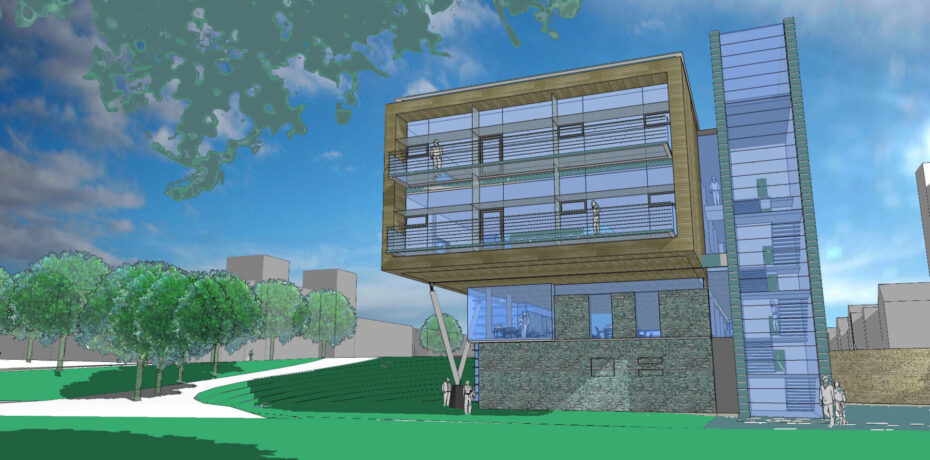Staying power
The new University of Cumbria has just opened its doors with a novel range of courses and grand ambitions to help turn around the area's flagging economy. Debbie Johnson reports.
Cumbria is one of the most diverse counties in the North West, both economically and socially.
Its fairy-tale Lake District image is a far cry from reality for some of its inhabitants, where the decommissioning of the Sellafield power plant is of more relevance than tea with Beatrix Potter.
The county is rich in natural beauty and one of the UK's main tourism and agricultural centres. However, both industries are associated with unpredictable, seasonal work and low wages. Areas like Barrow and West Cumbria face the economic challenges of the decline of traditional manufacturing industries.
Key to its economic future, according to the Cumbria Vision regeneration agency, are business enterprise, nuclear activity and advanced manufacturing.
All of which need a workforce – a well-trained, committed workforce with relevant and up-to-date skills.
At the moment, Cumbria suffers from what is commonly known as the 'brain drain'. Richard Greenwood, chief executive of Cumbria Vision, says: "We lose around 2,000 young people aged 20-34 each year. Most of them leave Cumbria to continue their education and the majority of them don't come back, particularly when they face the prospect of low paid jobs and a lack of affordable housing.
"It is these young people who are the lifeblood of Cumbria's economic future – the workers that the county's economy needs to fill the skills gaps that exist and drive up wage levels."
This is the reasoning behind the creation of the new University of Cumbria. The university was formed from the merger of St Martins College, Cumbria Institute of the Arts in Carlisle, and two of the Cumbrian campuses of the University of Central Lancashire.
The University of Cumbria plans to spend £163m over 10 years on its estate, including £54m on halls of residence. There are 15,000 students on this year's books, expected to rise to 25,000 students within 10 years. The university will employ 1,600 people across its campuses in Carlisle, Penrith, Ambleside and Lancaster with an initial annual turnover of £80m.
It is expected to cost more than £145m in the first five years, and so far funding has come from the Higher Education Funding Council, North West Development Agency and other partners.
But what will it actually achieve? Will it actually affect the economy in any tangible way?
Professor Chris Carr, vice chancellor, admits that many of the advantages of a university – such as making a place more cosmopolitan, adding to the cultural offer and helping raise aspirations – are hard to measure.
"But that," he says, "does not make them any less real. I worked in Preston for many years and watched Preston Poly become Lancashire Poly then UCLAN. It has had an amazing impact. It has changed Preston from a grim northern town to a place where people speak Spanish and Mandarin on the streets.
"Here in Cumbria, this university will have a huge impact. My job is not to poach existing students from other universities – it is to grow the market, to create new students, to access sectors of Cumbrian society where going to university is not seen as the thing to do. That is how our success will be measured."
The other key difference, Prof Carr believes, is in the courses on offer – as well as traditional courses, there will be options relevant to the 'real world'.
He says: "Okay, look at Cumbria – the nuclear industry and transport and logistics are huge here, with companies like Eddie Stobart. But very few places offer these kinds of degrees at undergraduate level. That is what we will do – produce the next generation of highly trained young people with relevant skills. Why shouldn't they do a degree that teaches them how to police the UK nuclear industry?"
Next year will see the first intake of students who have responded to the launch of the new university, and Prof Carr has ambitious plans for bursary schemes, outreach projects with schools and work with social housing organisations to bring in the bright young sparks who would not normally see a university as the place for them.
Its success is seen as essential to the regeneration of one of the UK's most complex and intriguing counties. Time will tell whether it passes the test.




